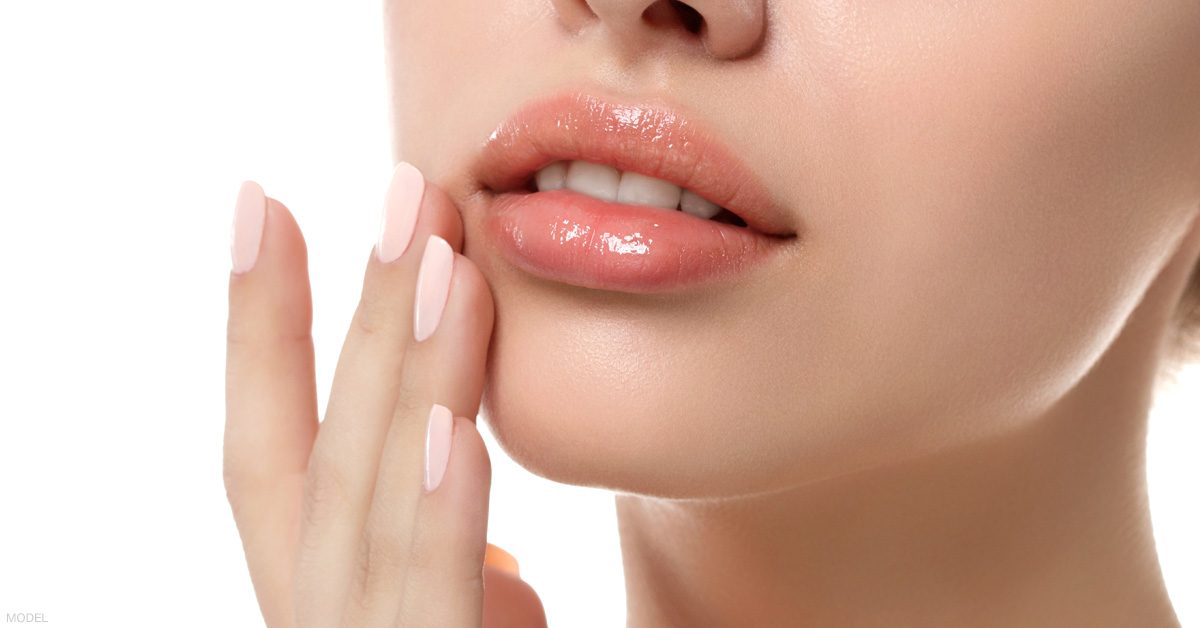The next trending cosmetic surgery procedure may not be what you expect. If you’re a fan of celebrity news, you may have heard Blac Chyna, Amy Schumer, Kylie Jenner, Vicki Gunvalson (Real Housewives of Orange County) and Simon Cowell sharing their decisions to undergo filler removal. If you’re considering dermal fillers, you should know how common filler removal is, as well as how it’s completed.
In our experience, filler removal—technically filler dissolution—is the exception rather than the norm. However, the option for dissolving your injectable fillers is available if you’re unhappy with your results. Better yet, the process is likely simpler than you may realize.
Why Would Someone Get Their Fillers Dissolved?
There are 2 main reasons someone may choose to remove their fillers soon after having them injected:
- They experienced a complication. This is typically caused by an inauthentic product or inexperienced injector. The most common complications (while still very rare) are lumpiness and vascular occlusion, which happens when filler blocks blood flow through a vessel near the treated area.
- They didn’t love their results. While it doesn’t happen often, it is possible that someone may be so unhappy with their filler results they feel the need to reverse them right away.
While Jenner didn’t share her inspiration for dissolving her fillers, Gunvalson shared in an interview with Us Weekly that she had been pressured over the years to add more and more filler, ultimately resulting in a look she didn’t love or identify with. She ended up dissolving her existing filler and opting for a facelift instead, a common choice for people facing advancing signs of aging. Read more about this in our previous blog post.
How Likely Is It That I’ll Need to Get My Filler Dissolved?
When you work with an experienced injector you trust, it’s very unlikely you’ll need to get your fillers dissolved. Fillers, when correctly administered, typically create attractive, natural-looking results that satisfy the vast majority of patients—as you can see in the before and after photos.
Generally speaking, patients who are attracted to injectable fillers are interested in subtle results that target specific areas of concern rather than a full-face overhaul. One thing we often say about fillers is that you won’t necessarily notice the “good” results. You may see a man or woman with exceptional fillers and think he or she merely looks awake, refreshed, and attractive. The excessive, over-the-top results are typically what garner negative attention.
How Do Hyaluronidase Injections To Remove Filler Work?
The active ingredient in many popular fillers, such as JUVÉDERM® and Restylane® is called hyaluronic acid. It is a naturally occurring substance that can be dissolved using an enzyme called hyaluronidase. Like hyaluronic acid, hyaluronidase also occurs naturally in the body, where it metabolizes hyaluronic acid. In the aesthetic medicine setting, hyaluronidase is injected where the filler was originally placed.
Fillers that aren’t formulated with hyaluronic acid, such as RADIESSE® or Sculptra® Aesthetic, don’t have an injectable dissolving agent available. With these fillers, you’ll need to wait for your results to wear off naturally, which typically happens within a few months.
Is Dermal Filler & Lip Filler Removal Safe?
Choosing to reverse a filler treatment with hyaluronidase is very low risk, although swelling, redness, and bruising are common after a hyaluronidase injection.
Any filler injections you undergo later on will not be affected by a previous hyaluronidase treatment. However, if you do decide to undergo another filler treatment, choose a practice with qualified providers, preferably those who are supervised by board-certified plastic surgeons. During your consultation, be sure to share your previous experience with your injector so they can make sure you receive the results you want this time around.
How Long Does Hyaluronidase Take To Work?
Within 24 hours of injection, the filler is typically completely dissolved. Some people begin to notice results sooner, however.
How Long Does It Take Fillers To Dissolve on Their Own?
Of course, if you’re dissatisfied with the results of any injectable filler treatment, remember that you don’t have to rush to your nearest plastic surgeon’s office for hyaluronidase injections. The results of fillers typically only last for between 6 and 12 months and gradually shrink over that time, so if you’re only moderately unhappy, you may just choose to “stick it out” until the product goes away on its own.
No matter what you decide to do with injectables, we want you to love the way you look. Take a look at our dermal filler before-and-after gallery to see what’s possible for you. When you’re ready, you can contact us online or call our office at (310) 784-0644 . We’re proud of the age-defying results we’ve created for our patients, and we can’t wait to do the same for you.
This post was originally published in November 2018 and updated in June 2023.







Leave a Reply